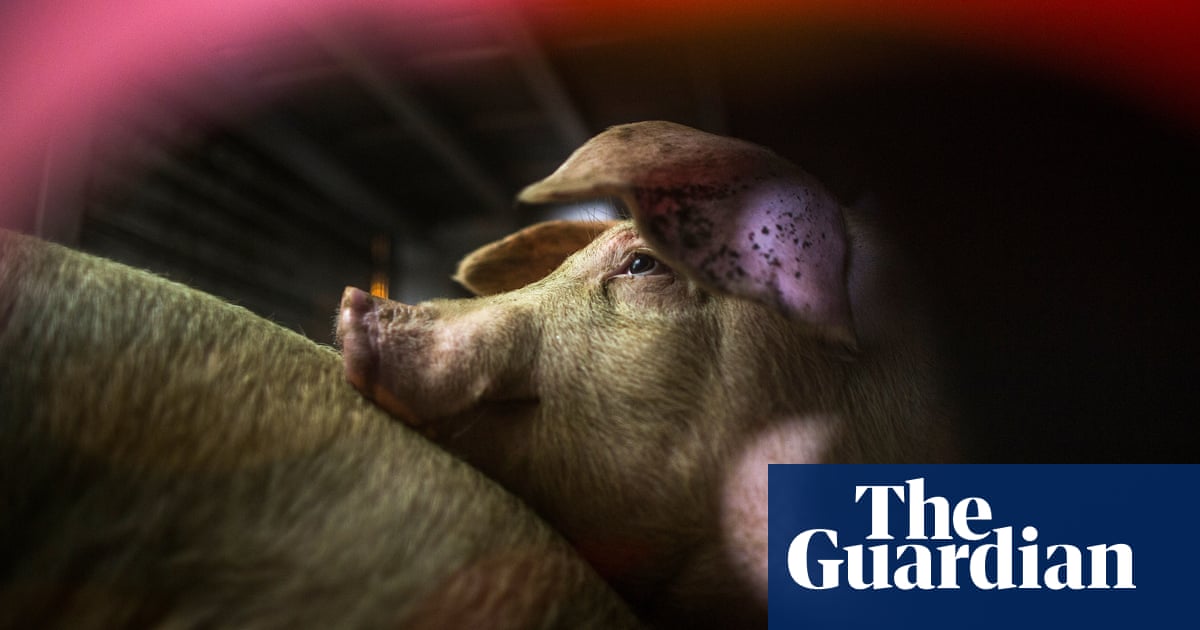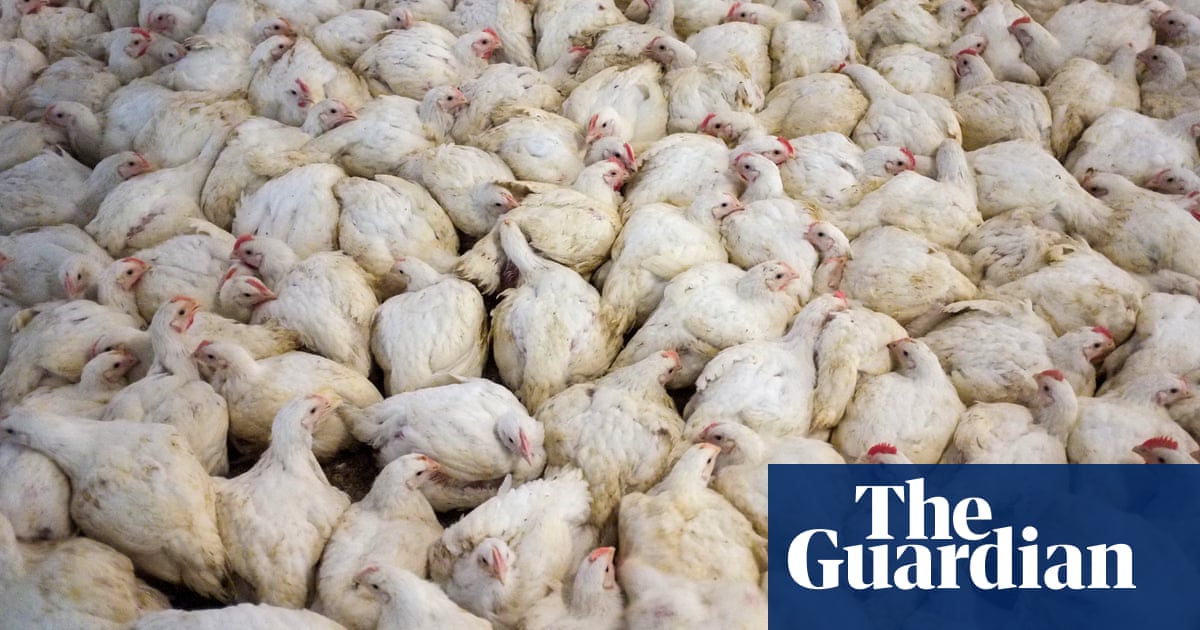
You’re probably eating way too much protein
Americans are obsessing over protein and forgetting about fiber.
 www.vox.com
www.vox.com
Americans are oddly obsessed with protein. They eat around twice as much of it as the federal government recommends, and 60 percent of US adults are trying to get even more of it into their diets. And this obsession could be making us sick: Excessive protein consumption, especially from cholesterol-rich animal-based foods, is correlated with increased risk of cancer and heart disease.
Excessive protein consumption is also wrecking the planet, with meat and dairy production accounting for upward of one-fifth of greenhouse gas emissions.



/cdn.vox-cdn.com/uploads/chorus_asset/file/25254857/1242156040.jpg)





